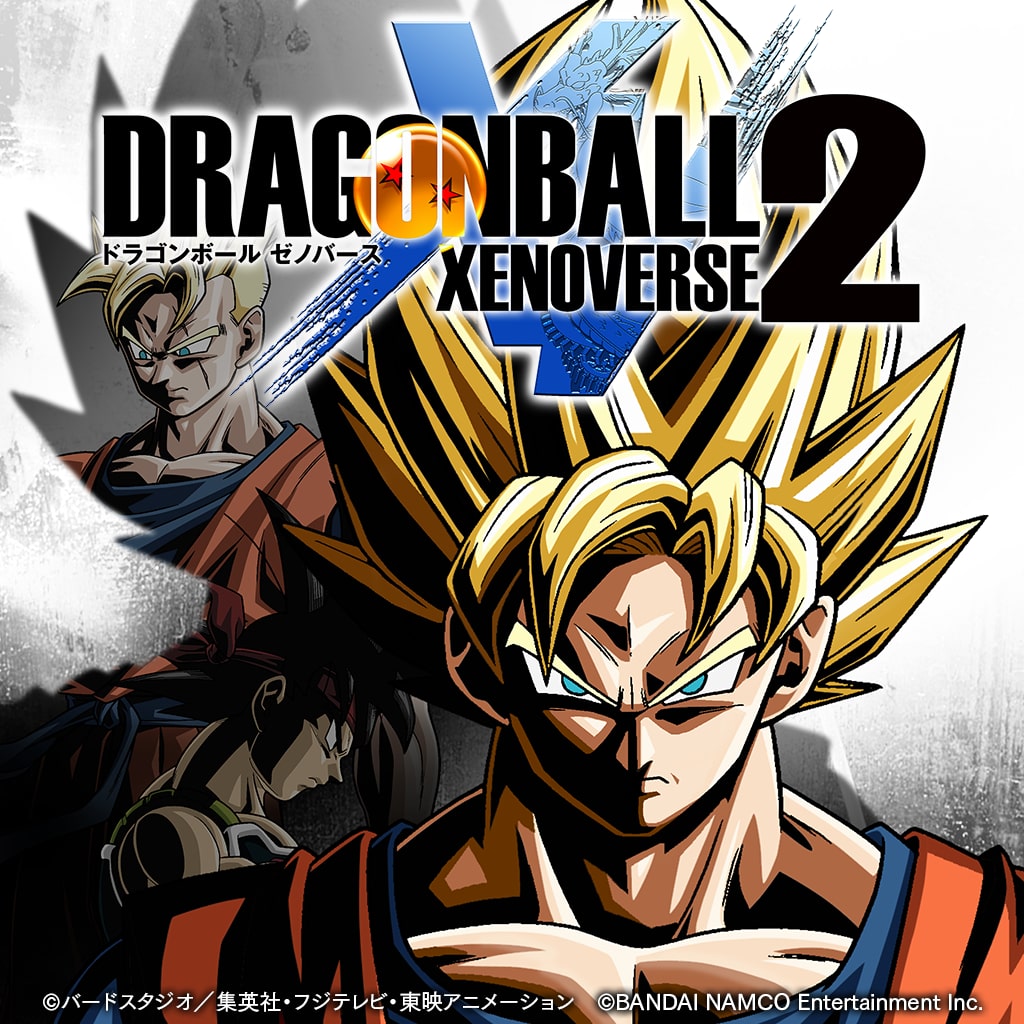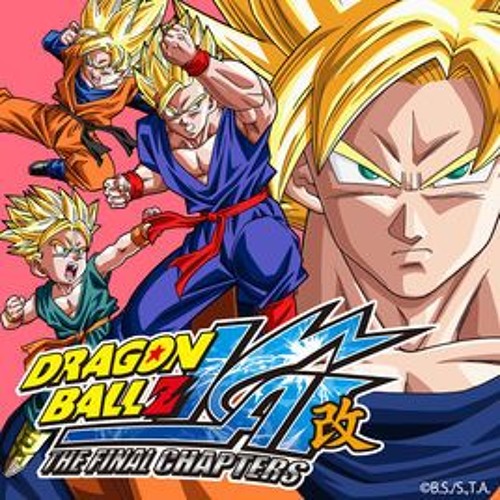

It was released on November 16, 2004, in North America in both a standard and Limited Edition release, the latter of which included a DVD featuring a behind the scenes looks at the game's development. Dragon Ball Z: Budokai 3 (2004) ĭragon Ball Z: Budokai 3, released as Dragon Ball Z 3 ( ドラゴンボールZ3, Doragon Bōru Zetto Surī) in Japan, is a fighting game developed by Dimps and published by Atari for the PlayStation 2. The European PlayStation 2 version also features it, while the later European GameCube version switched back to the original Japanese voice acting because of negative feedback from players who were used to the Japanese dub since the 16-bit era. Once again, the North American versions feature English voice acting from the North American Funimation dub. Some of the added costumes were included in the North American GameCube version.

The Japanese version of the game adds new costumes as well as a new stage in story mode. Many of these forms are unique to Budokai 2, including an original fusion between Tien and Yamcha and Super Buu absorbing Vegeta, Frieza, Cell, and Tien and Yamcha simultaneously, which does not appear in future games. The game has 31 playable characters, including fusions of different fighters, and Majin Buu's various absorbed forms. Unlike its predecessor, Budokai 2's story mode, called Dragon World, introduces a unique retelling of all four chapters of Z and plays like a board game as the player assembles a team of Z-fighters alongside Goku to challenge the series' villains. The game features a tournament stage, versus mode, and an item shop. The game was published in Japan by Bandai and released for the PlayStation 2 on February 5, 2004. It was released for the PlayStation 2 in North America on December 4, 2003, and on the Nintendo GameCube on December 15, 2004. Dragon Ball Z: Budokai 2 (2003) ĭragon Ball Z: Budokai 2, released as Dragon Ball Z 2 ( ドラゴンボールZ2, Doragon Bōru Zetto Tsū) in Japan, is a fighting game and a sequel to Dragon Ball Z: Budokai and was developed by Dimps and published by Atari for the PlayStation 2 and Nintendo GameCube. The North American versions feature English voice acting from the North American Funimation dub, while the European versions feature the original Japanese voice acting and several European languages text translations.

A cel-shading effect was added to the graphics in the GameCube version. The story mode also includes a few "what if" episodes to play with the villains of each saga, retelling iconic Dragon Ball events with different outcomes.
#Dragon ball z ost japanese android#
Story mode is divided into special chapters, initially having the player fight predominantly as Goku and Gohan through the Saiyan, Namek and Android Sagas before unlocking bonus chapters from different perspectives like Piccolo and Vegeta. Features include a story mode, a versus mode, a tournament stage, a practice mode, and an items shop which allows players to purchase customization abilities using money gained through challenges in the story mode and tournament victories to make custom fighters. The game includes a total of 23 playable characters, and the story follows the first three chapters of the Dragon Ball Z timeline starting with Goku and Piccolo's fight with Raditz in the Saiyan Saga, up to Gohan's final battle with Cell in the Android Saga. It was developed by Dimps and published by Infogrames and later by Atari as a Greatest Hits title for the PlayStation 2 in North America. The game was released in Japan by Bandai on the PlayStation 2 on February 13, 2003, and on the Nintendo GameCube on November 28, 2003.
#Dragon ball z ost japanese series#
It is the first Budokai game of the series and the first Dragon Ball Z game to be released in all of Europe instead of having specific releases in France, Spain, and Portugal like earlier games. Main article: Dragon Ball Z: Budokai (video game)ĭragon Ball Z: Budokai, released as Dragon Ball Z ( ドラゴンボールZ, Doragon Bōru Zetto) in Japan, is a fighting game released for the PlayStation 2 on November 2, 2002, in Europe and on December 3, 2002, in North America, and for the Nintendo GameCube on October 28, 2003, in North America and on November 14, 2003, in Europe.


 0 kommentar(er)
0 kommentar(er)
